How Will Driverless Cars Change Cities?
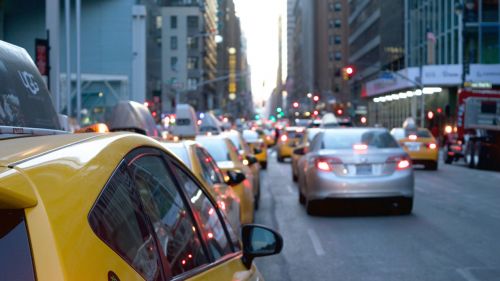
Cities around the world are preparing for the massive disruption of autonomous vehicles. What are some of the opportunities and risks? Here's what you should know.
Perhaps nothing has shaped cities more than transportation. Ships and railroads created dense, compact cities like Chicago and Hamburg, while automobiles made sprawling ones like Houston and greater Melbourne.
What are autonomous vehicles?
A self-driving car, also known as an autonomous vehicle (AV), driverless car, or robo-car, is a vehicle that is capable of sensing its environment and moving safely with little or no human input.
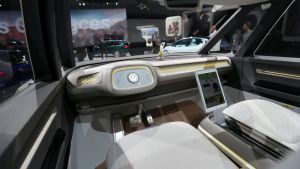
Now companies such as Waymo, GM, and Volkswagen are betting big on driverless cars, or autonomous vehicles (AVs).
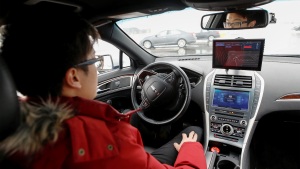
Your car may already have automated features such as adaptive cruise control. But if technological hurdles can be overcome, the biggest effects on cities will likely come from vehicles which require no driver input for control.
What are the benefits?
How can AVs improve the lives of those living and working in global cities?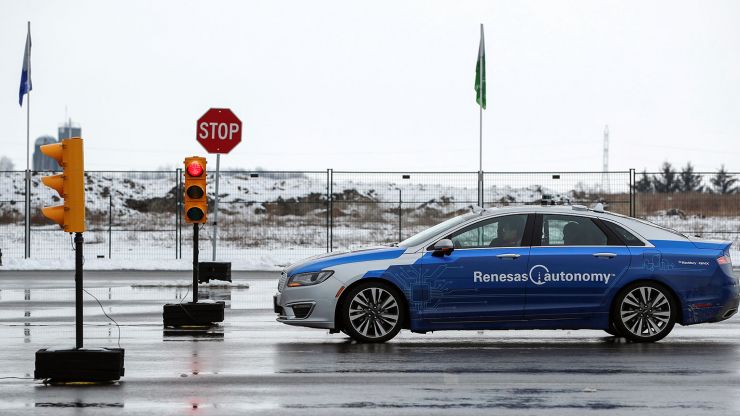
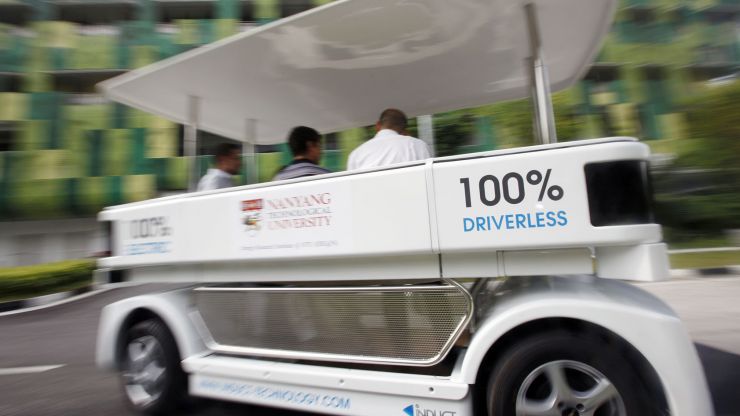
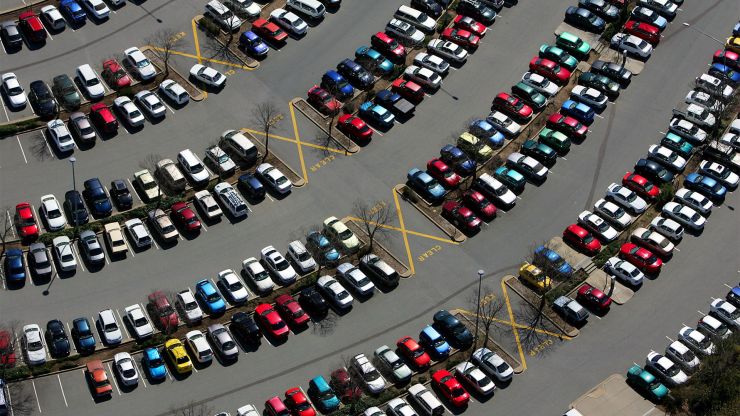
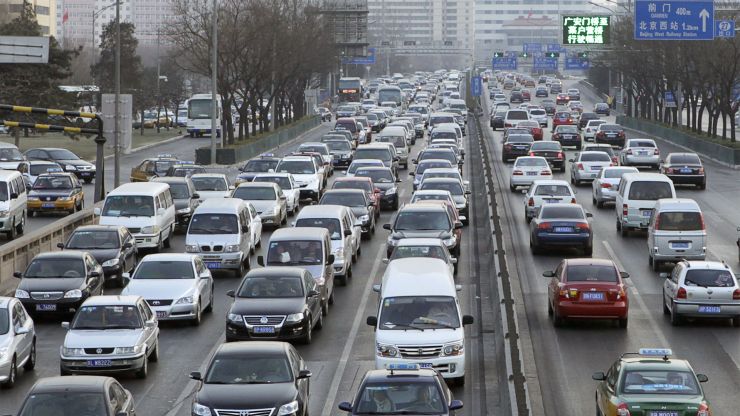
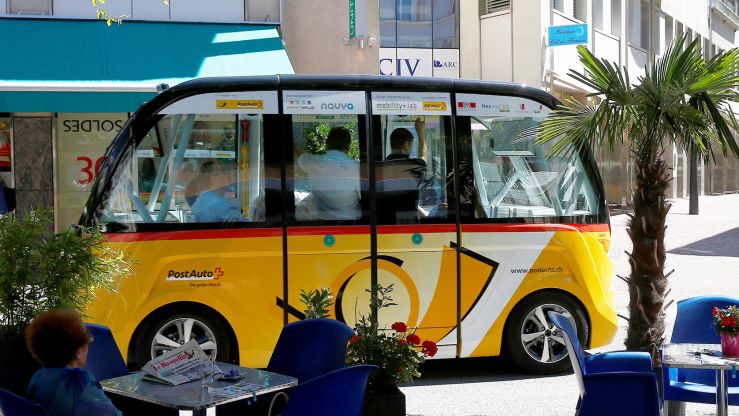
What are the risks?
As with most new technology, risks abound with the adaption of AVs in our cities.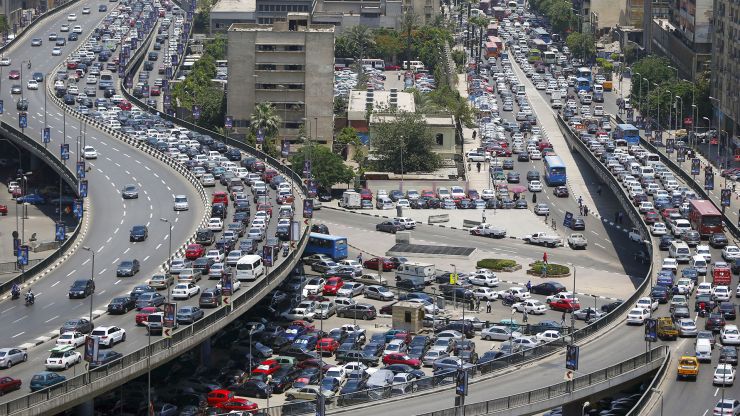
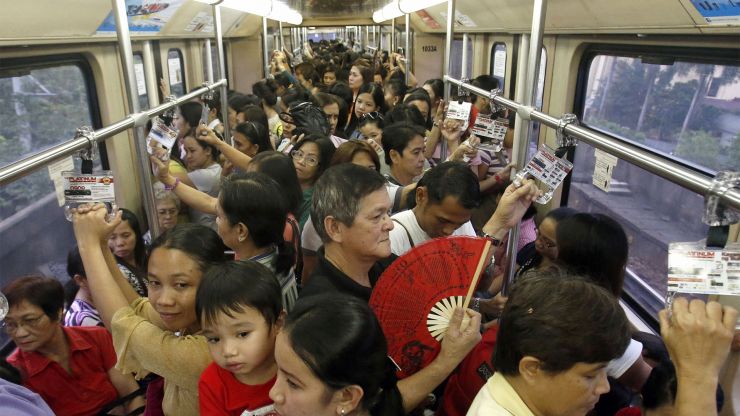

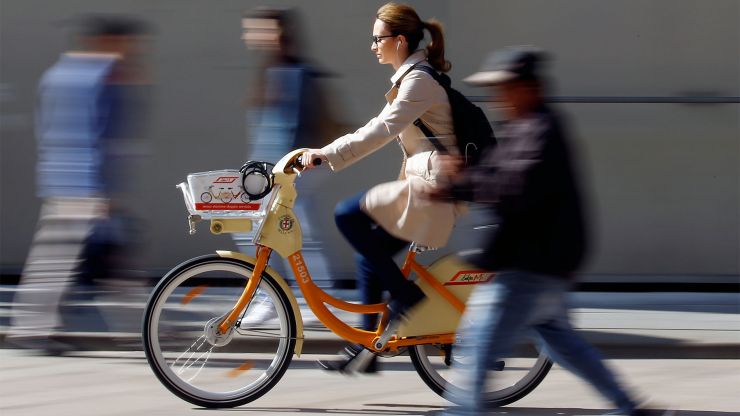
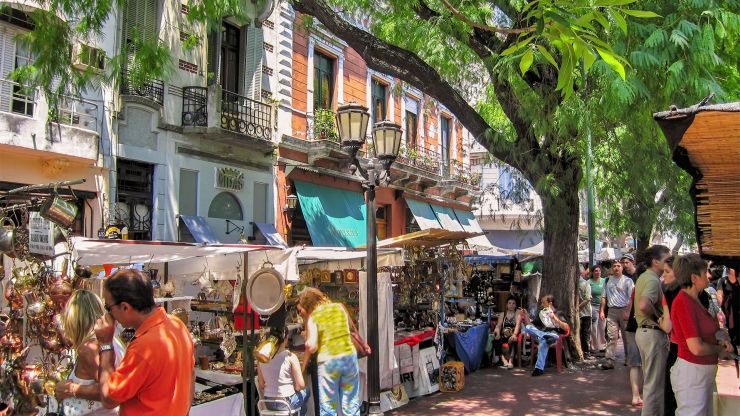
Conclusion
One thing is clear: AVs can help solve cities’ problems or exacerbate them. Instead of merely accommodating driverless cars, we must decide how they can improve urban life and plan accordingly.
Already, cities are developing task forces to approach the challenge.
Want to learn more?
Watch Ray LaHood, Chairman of Chicago’s mobility task force, at the 2018 Chicago Forum on Global Cities.
 Play
Play